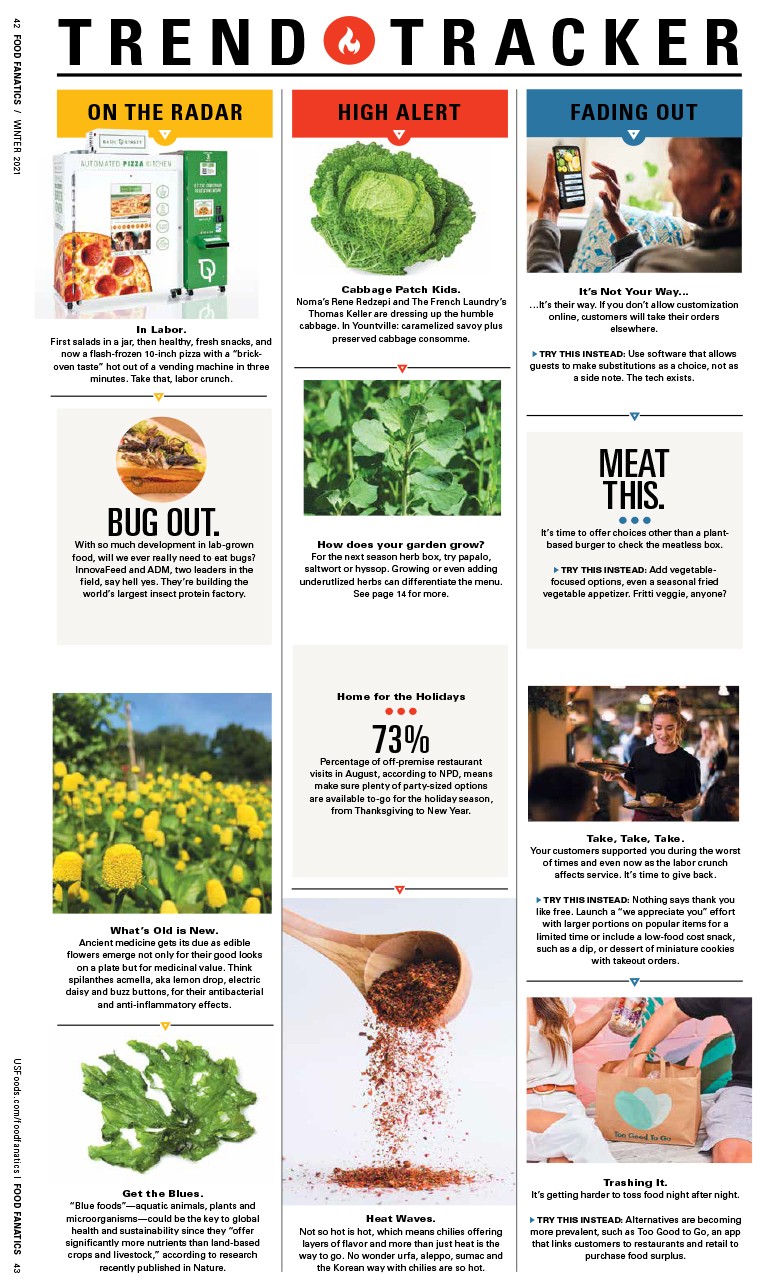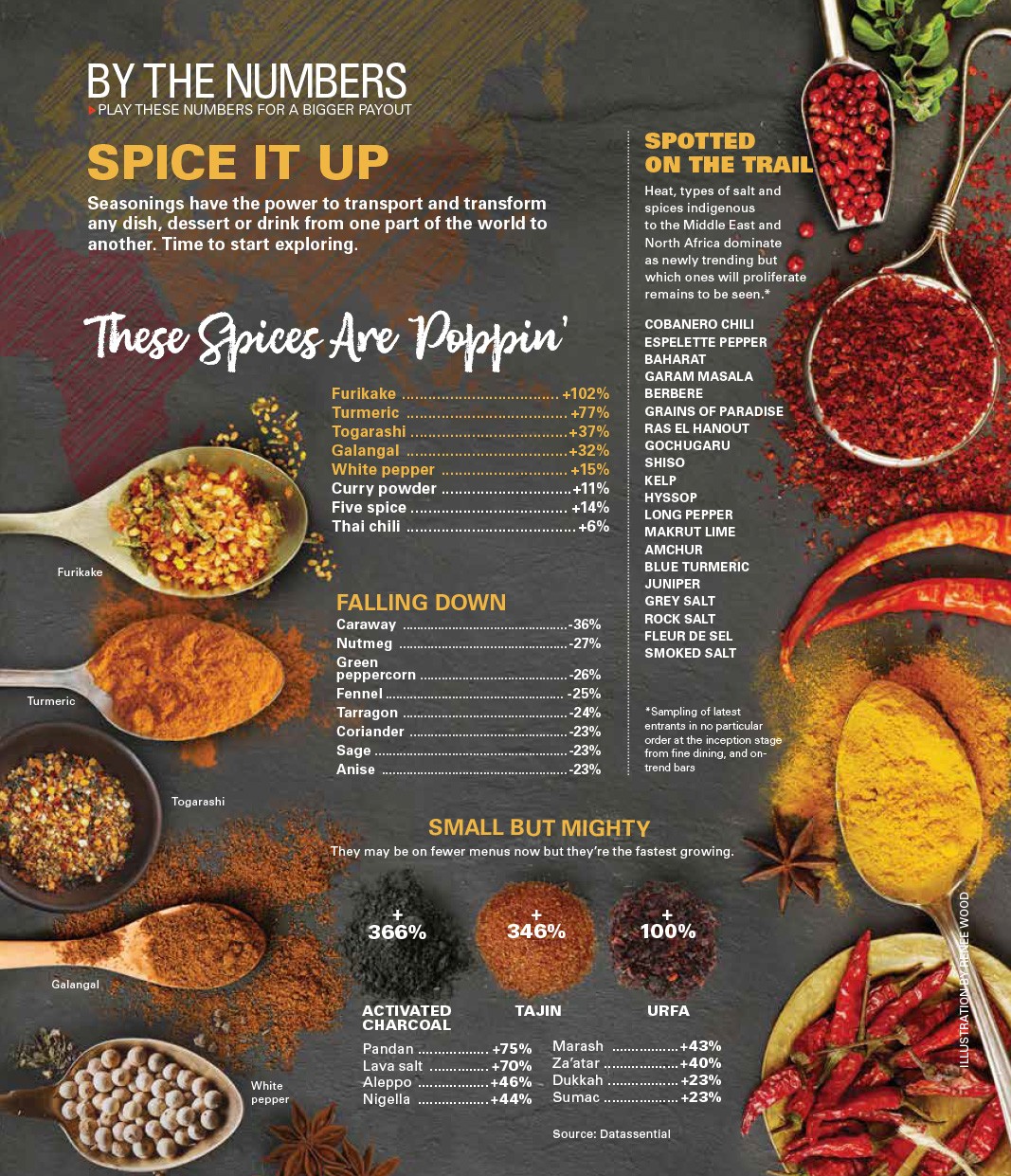The Rise of the Grocerant
If you can’t beat them, outsmart them
Grocers have evolved, winning convenience-hungry consumers in ways that should make restaurateurs take notice.
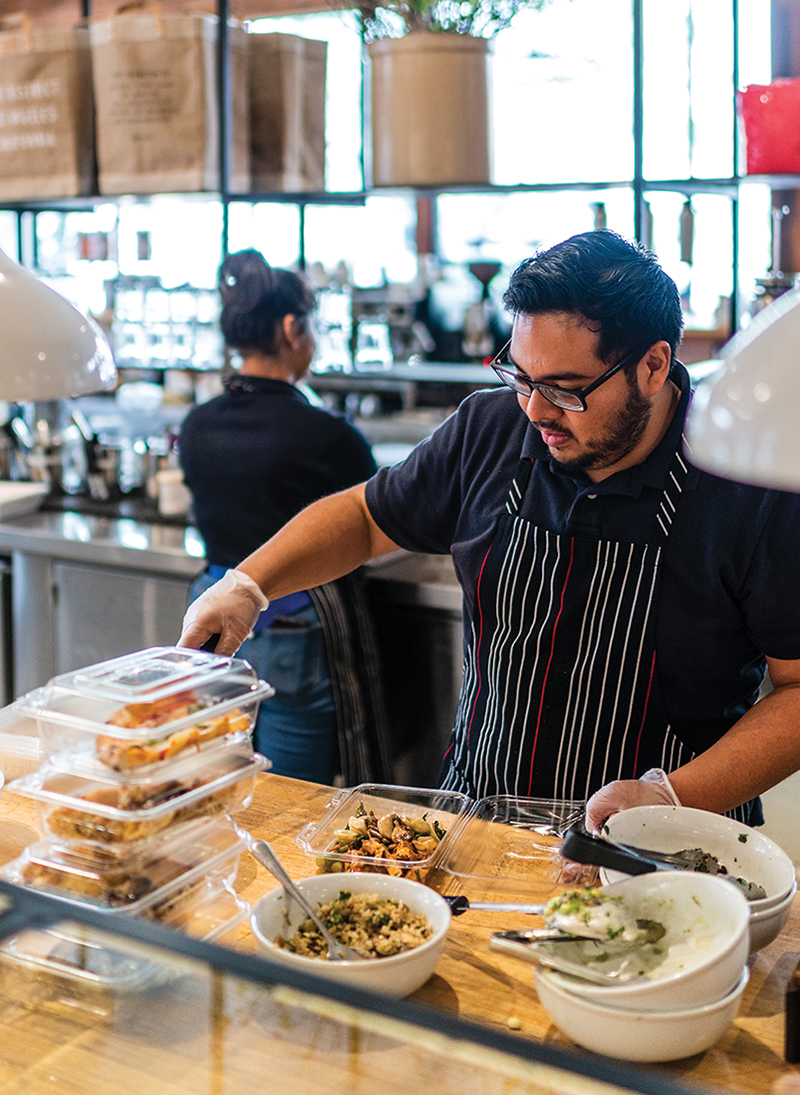
With tons of space in vast and rangy stores, convenient locations and ample free parking, they’re adding stylish destination dining spots, cool enough to convince customers to come for milk and paper towels and stay for dinner. The grocerant is a thing.
A mash-up of two words, grocerant has broad meaning. According to Steven Johnson, a hospitality-industry consultant who calls himself the Grocerant Guru, it can be any grocery store, convenience store, retailer or restaurant that offers freshly prepared or ready-to-heat food to eat on the premises, or to-go for time-starved consumers. Think self-branded concepts at supermarkets and even the glitzy glamour of food emporiums like Eataly.
“For years, the trend went the other way, with restaurants taking business out of supermarkets,” says Phil Lempert, a food industry consultant.
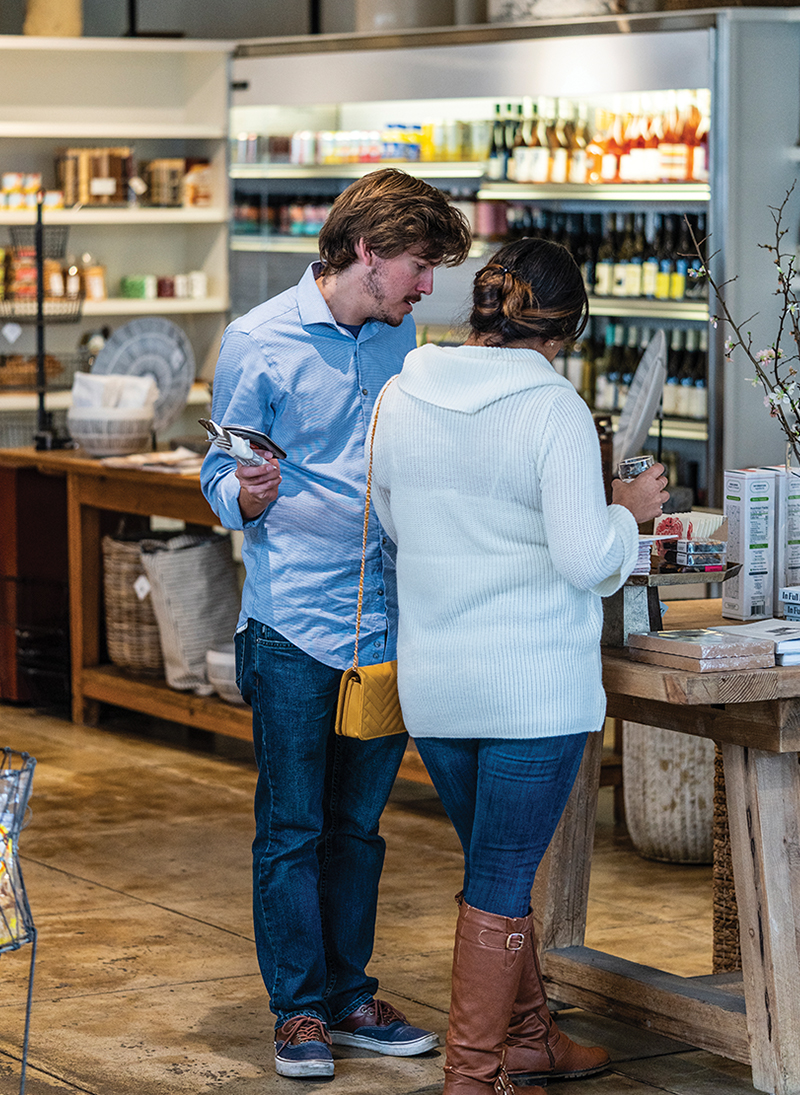
Not anymore. Supermarkets are rearranging space to build fresh offerings. “The focus is moving to higher-margin prepared and ready-to-eat meals. Like it or not, people still have to go to the grocery store, and now they see people sitting around having a glass of wine and a nice meal.”
In 2018, industry consulting firm Technomic flagged the supermarket threat, noting that the unique consumer-focused traits that restaurants have long relied on are no longer inviolate. “Traditional retail and innovative foodservice alternatives will take share by diminishing the restaurant advantage of enjoyable experiences, quality and convenience.” In addition to supermarkets, Technomic says that meal kits, subscription services, food trucks, dark kitchens and gen-next vending also stand ready to chip away at restaurant profits.
Just because the last few decades were marked by a near obsession over restaurants, doesn’t mean that euphoria will last forever.
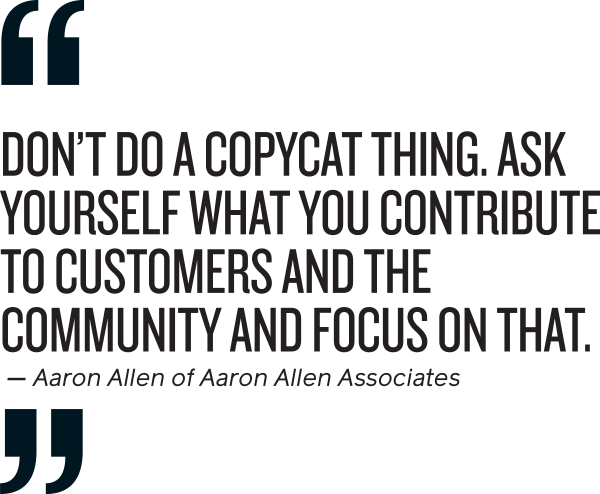
“Restaurants have to find ways to respond to these so-called grocerants,” says Aaron Allen of global food consultancy Aaron Allen & Associates. It’s not, however, going to be by selling groceries, he adds. “They don’t have the space or experience to compete that way. Fortunately, they have lots of other things to offer.”
Allen advises against worrying too much about what supermarkets are up to. “Look at your value proposition through the lens of those it serves and then examine every element of your business – the training, technology, food, marketing, pricing and service. That’s where you’ll find ways to win.”
OFFER VALUE-FRIENDLY FAMILY MEALS
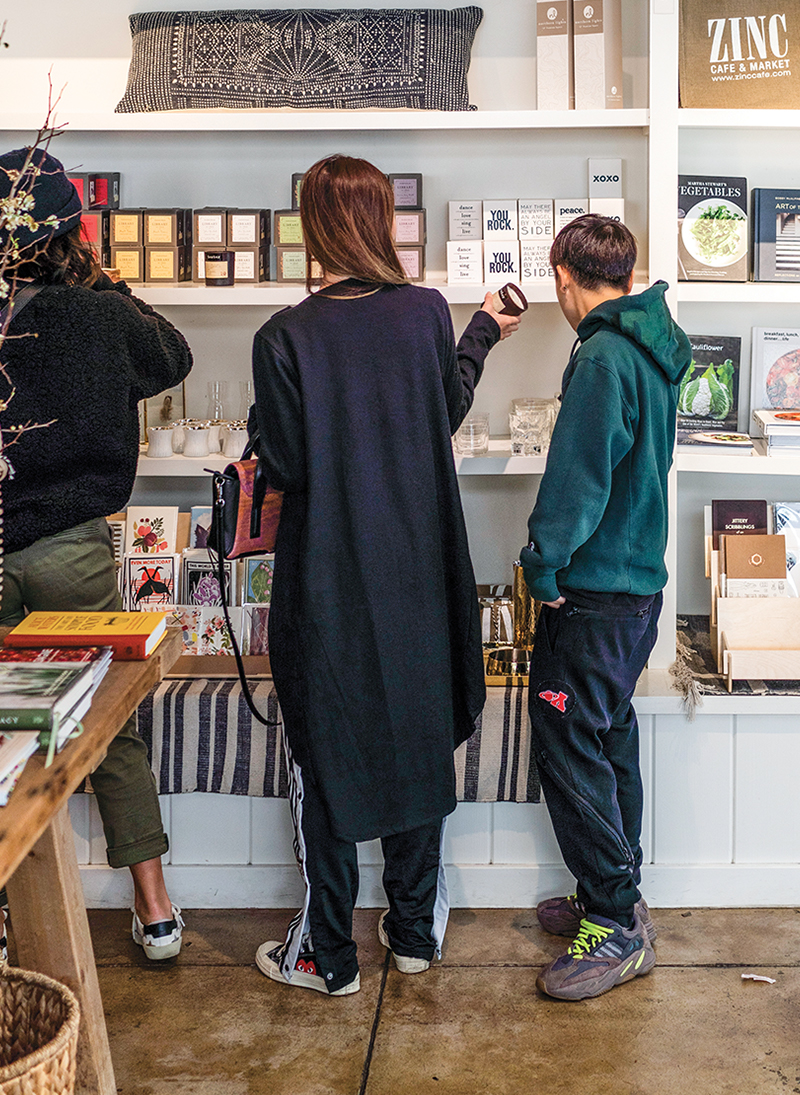 Edmund Halabi, owner of Italian House restaurant in Janesville, Wisconsin, knows that convenience-seekers see time as a precious commodity. “I have to figure out what customers, especially millennials, want and be there for them as needs evolve,” he says. “Two stops sound like a waste of time to them, so if they’re in a grocery store, they’ll stay to have dinner.”
Edmund Halabi, owner of Italian House restaurant in Janesville, Wisconsin, knows that convenience-seekers see time as a precious commodity. “I have to figure out what customers, especially millennials, want and be there for them as needs evolve,” he says. “Two stops sound like a waste of time to them, so if they’re in a grocery store, they’ll stay to have dinner.”
To better match supermarket pricing and family-oriented convenience, his carryout menu features several bundled meals. Mama’s Feast, for example, includes half-gallons of pasta with red sauce and salad plus housemade garlic bread. Phone orders can be picked up at a drive-thru window. “The convenience is a survival strategy; the discount pricing is a marketing tactic,” Halabi says. He also has a busy catering division and sells some of Italian House’s signature breads and salads at a local supermarket. “This is an entrepreneurial business. You can’t just have one revenue stream anymore.”
DON’T OVERDO THE PACKAGED GOODS
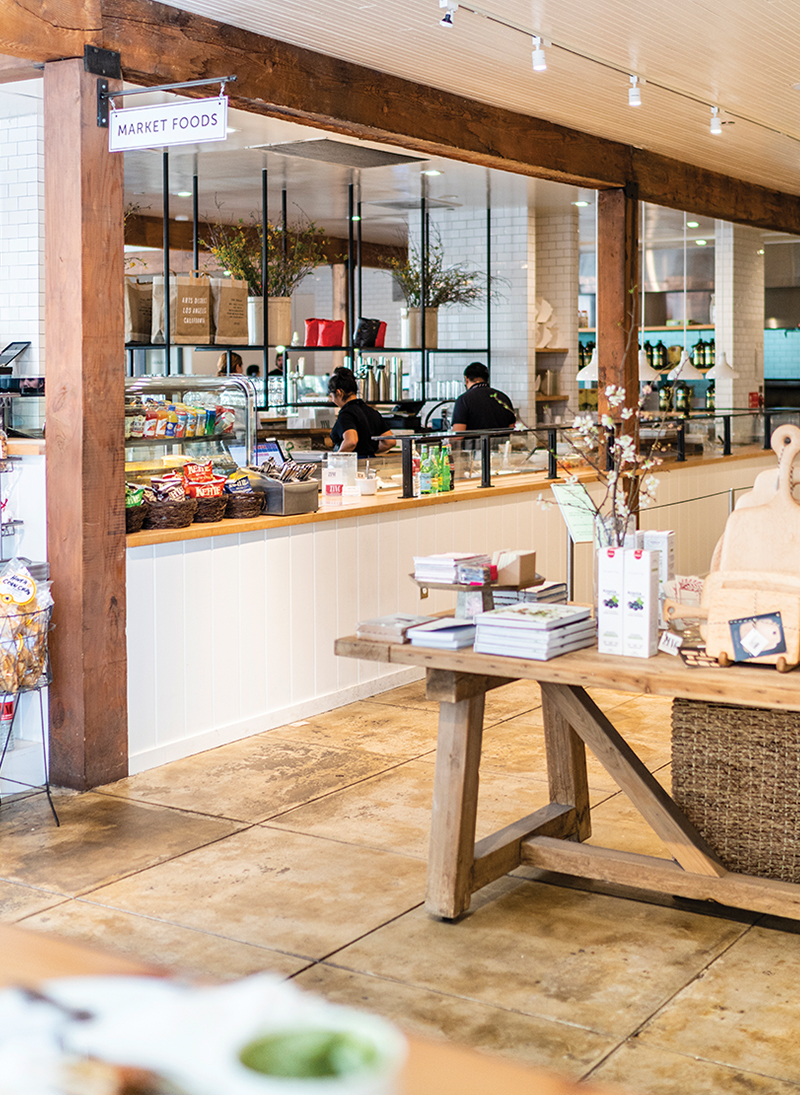 Devoting restaurant space to packaged foods might seem like a good idea, but it can be tricky. One Off Hospitality partner Paul Kahan says that Publican Quality Meats, a hybrid butcher shop and cafe in Chicago, has a handful of grocery-type items, such as olive oil, wine, spices and condiments. “We’ve scaled back a bit,” he says. “People come for meats and charcuteries from the butcher shop, bread from the bakery or they’re here for the restaurant. They’re not really here to get packaged foods, and a lot of it just sat there.”
Devoting restaurant space to packaged foods might seem like a good idea, but it can be tricky. One Off Hospitality partner Paul Kahan says that Publican Quality Meats, a hybrid butcher shop and cafe in Chicago, has a handful of grocery-type items, such as olive oil, wine, spices and condiments. “We’ve scaled back a bit,” he says. “People come for meats and charcuteries from the butcher shop, bread from the bakery or they’re here for the restaurant. They’re not really here to get packaged foods, and a lot of it just sat there.”
Lempert concurs. “Too often in restaurants, packages of food become a dusty pantry,” he says. “It’s a pretty hard sell.” But if you stock hard-to-find imported products that you can’t find at Whole Foods, as Mrs. Murphy & Sons Irish Bistro in Chicago does, you’re better off.
“It has evolved since we opened,” says James Murphy, one of the restaurant’s owners. “Customers would ask where they could get some of the products we use in the restaurant, so we stock some authentic foods from Ireland. It’s a part of our brand and works nicely for what we do, but it’s not really a profit center.”
KEEP IT FRESH
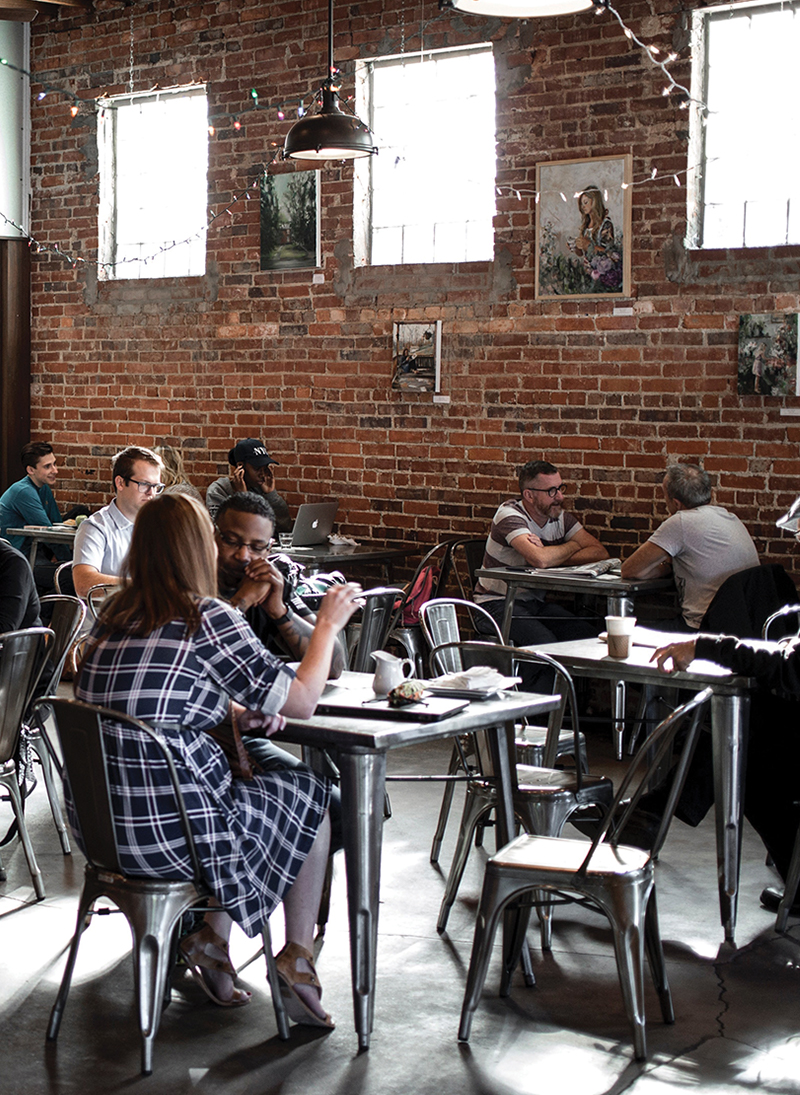 Santa Monica Seafood Market in Santa Monica, California, and Zinc Cafe & Market in Los Angeles and Laguna Beach, California, seamlessly merge a carefully curated selection of fresh and packaged foods with their restaurant space. Consider such a strategy if it jibes with your brand and space is available, but remember to source wisely.
Santa Monica Seafood Market in Santa Monica, California, and Zinc Cafe & Market in Los Angeles and Laguna Beach, California, seamlessly merge a carefully curated selection of fresh and packaged foods with their restaurant space. Consider such a strategy if it jibes with your brand and space is available, but remember to source wisely.
In Santa Monica, the market matches its complete line of fresh seafood with equally fresh produce, condiments and breads – pretty much anything customers might need to build a meal. Zinc focuses on an array of freshly made, ready-to-eat ingredients presented salad-bar style, while keeping its grocery selections limited to a small selection of condiments and breads.
WATCH THE CALENDAR
Don’t overlook seasonal opportunities, such as picnic fare in the summer and takeout side dishes during the holidays, to enhance business. Monitoring hotel promotions is a good place to start, especially innovative spots like the Peninsula Hotel in Beverly Hills, California.
The hotel has found success with its PenAir program – airline-ready meals for guests to take aboard flights. And because the hotel caters to every whim and need, it fields phone orders for pick-up meals.
SPEED UP YOUR LUNCH SERVICE
During lunch service, make sure the food comes flying out of the kitchen.
“We have strong lunch business at Big Star because it’s designed to be fast and convenient,” Kahan says. “Quality and great service are the best responses and that’s what we stick with.”


